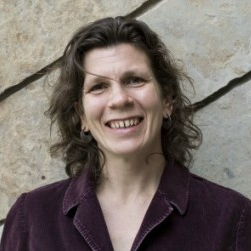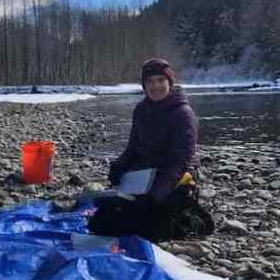Hydrology, Geomorphology, and Ecology of Intermittent Rivers and Streams
A special issue of Water (ISSN 2073-4441). This special issue belongs to the section "Hydrology".
Deadline for manuscript submissions: closed (10 December 2020) | Viewed by 43383
Special Issue Editors
Interests: snowmelt runoff; arid hydrology; post-fire hydrology; intermittent streams; hydrogeography
Interests: streamflow permanence; geomorphology of mountain rivers; headwater streams
Special Issue Information
Dear Colleagues,
Intermittent and ephemeral streams and rivers are those that do not flow continuously in space and time, making up most of the global stream length. Because of their limited flow, these types of streams have not received as much attention in hydrologic research as larger perennial streams. Nonetheless, ecological research has highlighted the importance of these streams for aquatic habitats, nutrient cycling, and downstream water quality. Policy and legal debates about whether or not these streams should be subject to water quality legislation have also prompted researchers to expand understanding of how these streams function. The aim of this Special Issue is to bring together recent research that advances understanding of the hydrology, geomorphology, and ecology of intermittent rivers and streams. We welcome contributions addressing any one of these topics and disciplines as well as interdisciplinary studies that link physical and biological components of intermittent stream systems. We especially encourage contributions that incorporate links between geomorphology and hydrology. Contributions may address any type of intermittent stream systems, ranging from ephemeral streams that rarely have flow to streams that dry only during extreme droughts. To facilitate cohesion in the Special Issue, all submitted papers should identify the climatic, land cover, soil, geology, drainage area, and topographic characteristics of the stream systems described.
Dr. Stephanie Kampf
Dr. Kristin Jaeger
Dr. Ken Fritz
Guest Editors
Manuscript Submission Information
Manuscripts should be submitted online at www.mdpi.com by registering and logging in to this website. Once you are registered, click here to go to the submission form. Manuscripts can be submitted until the deadline. All submissions that pass pre-check are peer-reviewed. Accepted papers will be published continuously in the journal (as soon as accepted) and will be listed together on the special issue website. Research articles, review articles as well as short communications are invited. For planned papers, a title and short abstract (about 100 words) can be sent to the Editorial Office for announcement on this website.
Submitted manuscripts should not have been published previously, nor be under consideration for publication elsewhere (except conference proceedings papers). All manuscripts are thoroughly refereed through a single-blind peer-review process. A guide for authors and other relevant information for submission of manuscripts is available on the Instructions for Authors page. Water is an international peer-reviewed open access semimonthly journal published by MDPI.
Please visit the Instructions for Authors page before submitting a manuscript. The Article Processing Charge (APC) for publication in this open access journal is 2600 CHF (Swiss Francs). Submitted papers should be well formatted and use good English. Authors may use MDPI's English editing service prior to publication or during author revisions.
Keywords
- intermittent stream
- temporary stream
- ephemeral stream
- streamflow permanence







